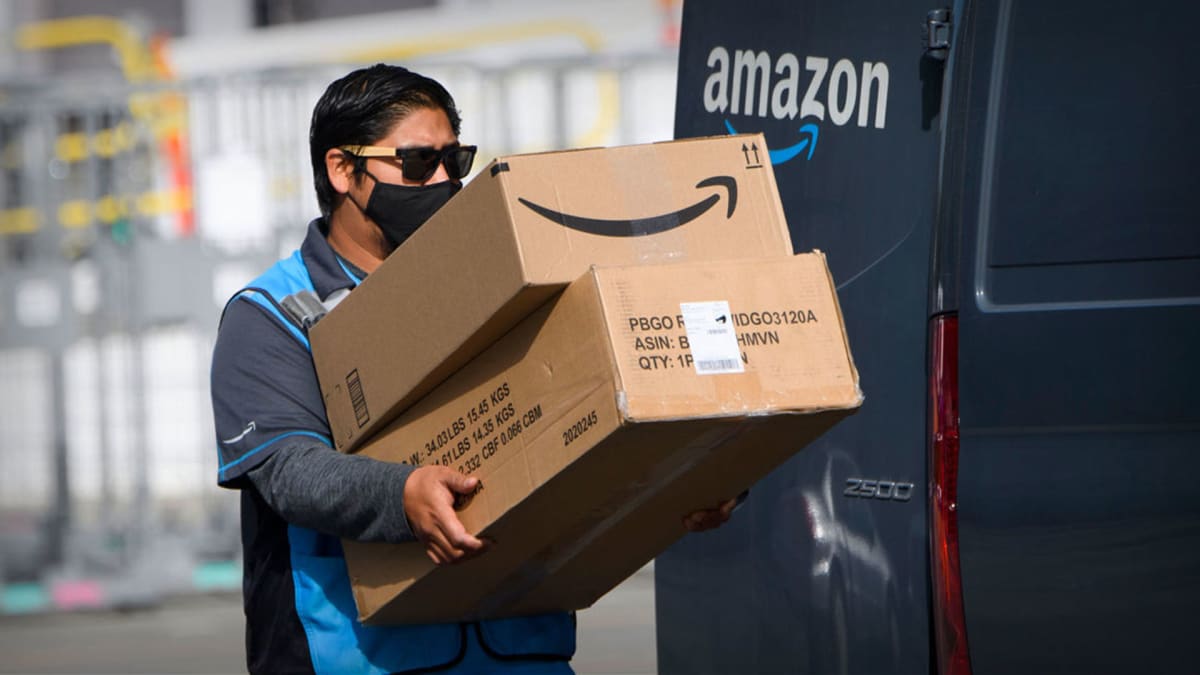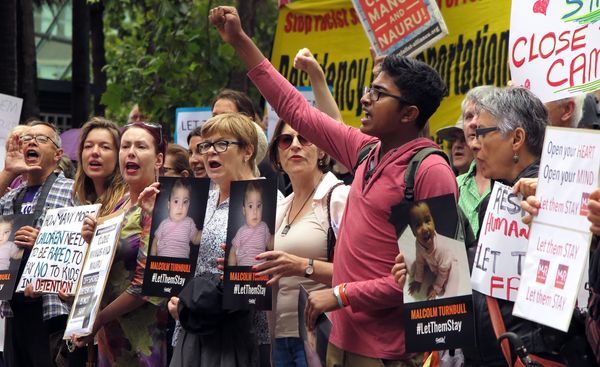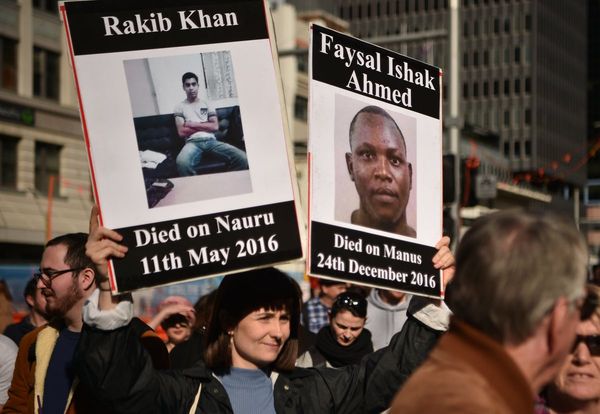
Amazon built its own prison.
The retail giant established its business by launching Prime in 2005. At the time it was a very simple offer. Customers paid the digital retailer $79 a year in exchange for unlimited free two-day shipping anywhere in the U.S. with no minimum order.
That offer was incredibly compelling at a time when free shipping simply wasn't offered by Walmart (WMT) and Target (TGT). Both in fact barely even had a digital presence then.
DON'T MISS: Kroger Vows Court Fight to Make Albertson's Merger Happen
Amazon (AMZN) approached this as a kind of a land rush, where locking in members was more important than making a profit on every order. The company spent billions to build out the infrastructure to offer two-day delivery, and then it slowly upped that to overnight and, in some cases, same-day delivery.
Target and Walmart followed to a point, but they kept their two-day offers limited to a much smaller selection of items than the hundreds of millions Amazon offers. In addition, those chains built out their in-store offerings, added curbside pickup, and generally tried to limit their exposure to delivery.
Now, Amazon has been quietly taking steps to educate its customers on options other than home delivery, and that may be part of a move to (eventually) change its free-shipping offer.

Image source: Getty
Amazon Offers a $10 Credit For Pickups
While Amazon has raised the price of Prime to $139 a year, it has also added Prime Video, a music service, and a bunch of other perks. At its core, however, the membership service still revolves around free two-day shipping to members' homes.
Recently, Amazon has been offering Prime members $10 credits if they have their orders delivered for pickup at the retailer's Whole Foods and Fresh locations as well as at partners including Kohl's (KSS) as well as other places that offer Amazon Lockers.
It's cheaper for Amazon to deliver multiple orders to one location than it is to deliver to houses. That's a clear benefit for the retailer, but aside from worries about theft, it's hard to see what consumers get out of this deal.
Amazon has maintained that the $10 pickup promotion isn't directly a cost-saving maneuver. Instead, it's a way for the company to promote pickup as an option. That may be true, but this may also be part of a long-term effort by the company to change customer expectations.
Amazon Wants to Change Customer Behavior
RetailWire, a popular website for people who work in the retail industry, posted a story on Amazon offering the pickup credit. Some of its members think that this is about more than just making customers aware of their pickup options.
"This is a smart first step to begin training shoppers away from expecting home delivery to be free," wrote Hoobil8 Chief Strategy Officer DeAnn Campbell. "It costs retailers an average $10-$20 to deliver, which can almost eliminate any profit on that product sale.
"This is the main reason e-commerce and direct-to-consumer businesses struggle to reach sustainable revenue. Giving shoppers a meaningful incentive to bypass delivery is the only effective way to reset how consumers use e-commerce."
Lisa Goller, a business-to-business content strategist agreed with that logic.
"The economics of fast, free delivery have changed. Promoting pickup helps Amazon shift consumer habits to protect margins. Pickup tends to be more cost-effective than home delivery, especially for remote residences," she posted.
Ken Morris, managing partner at Cambridge Retail Advisors, said this was one way Amazon could mitigate its costs.
"If you can get shoppers to pick up, you can potentially aggregate their purchases," he posted. "If the typical Prime members are like my family, they frequently order individual items that are delivered separately."
Morris also noted that many of the locations where pickups take place offer a chance for added sales.
"You can never underestimate the power of impulse purchases. Every in-store visit counts!" he added.
Action Alerts PLUS offers expert portfolio guidance to help you make informed investing decisions. Sign up now.







